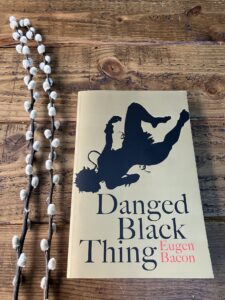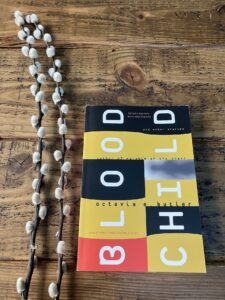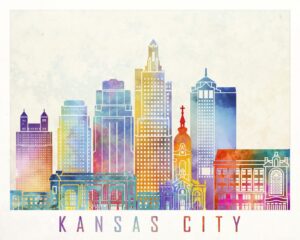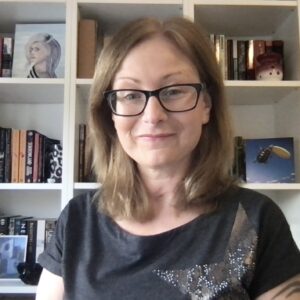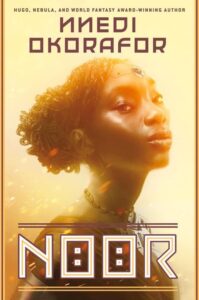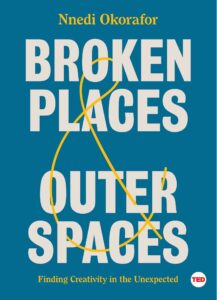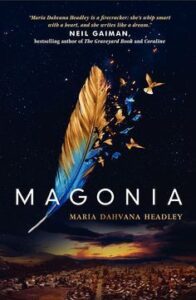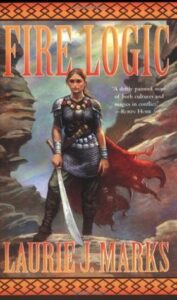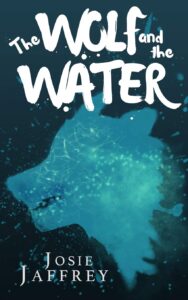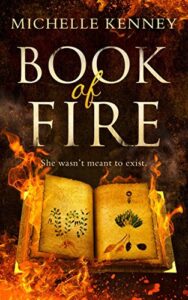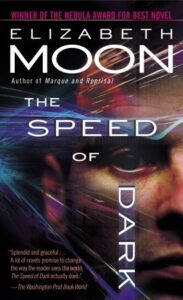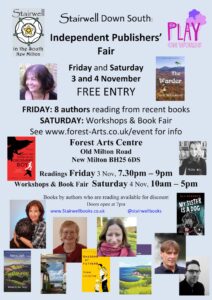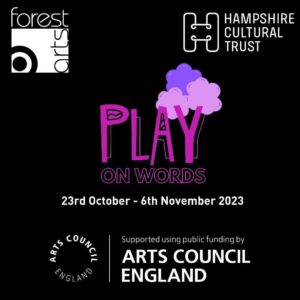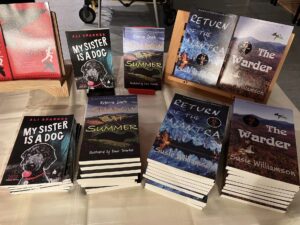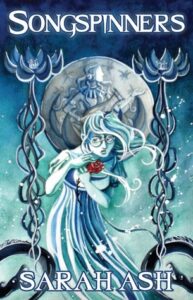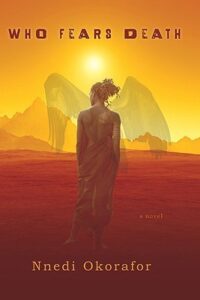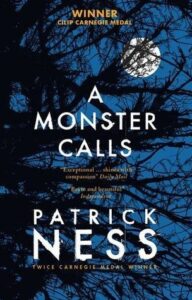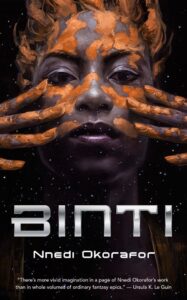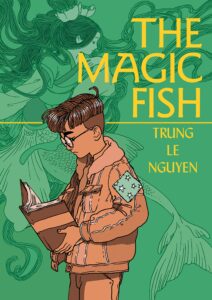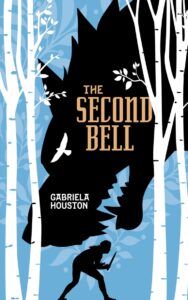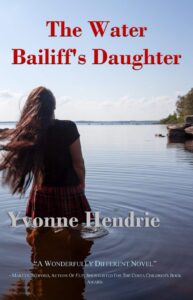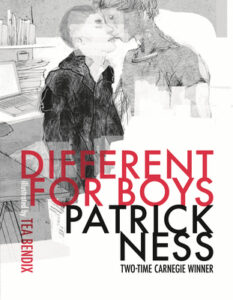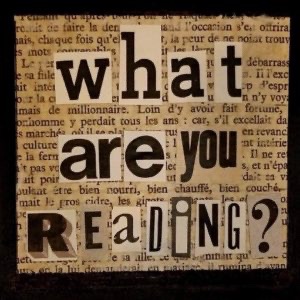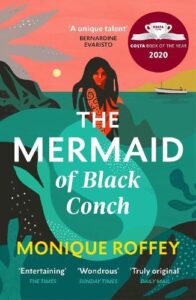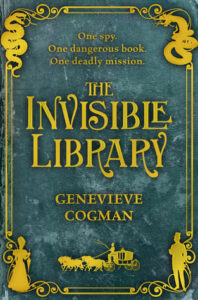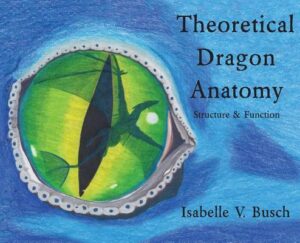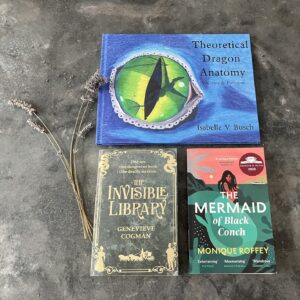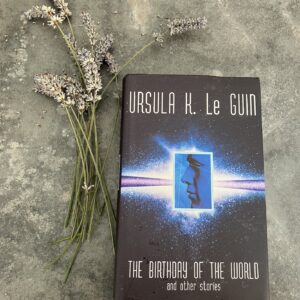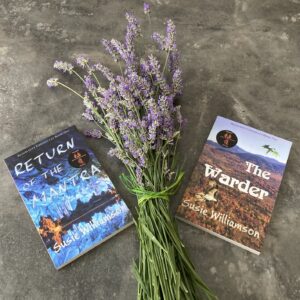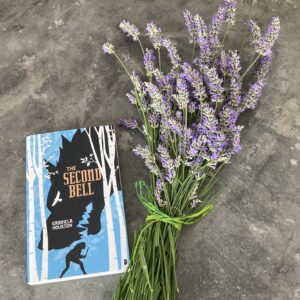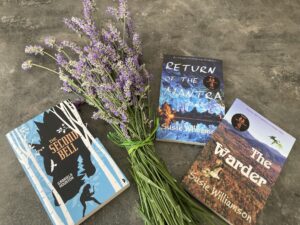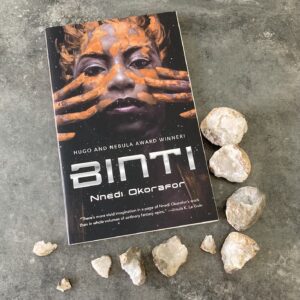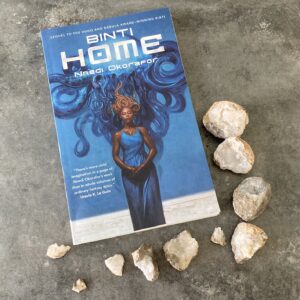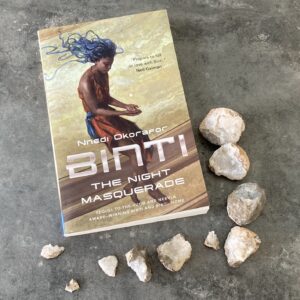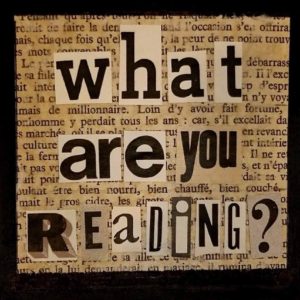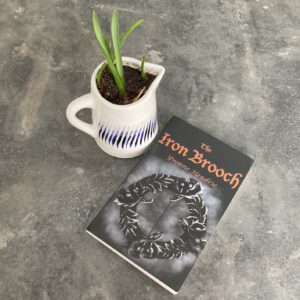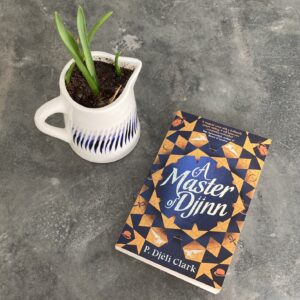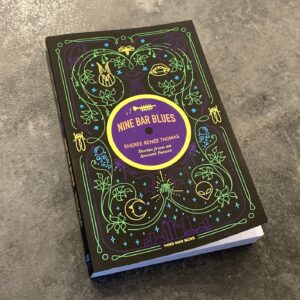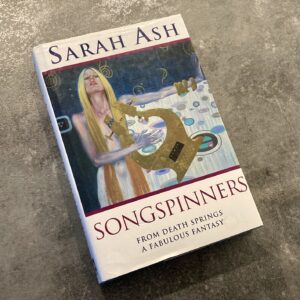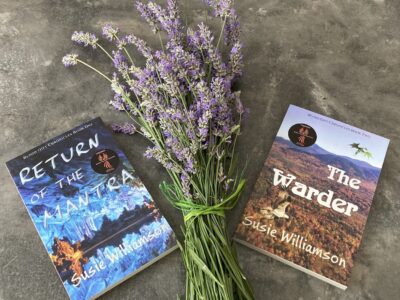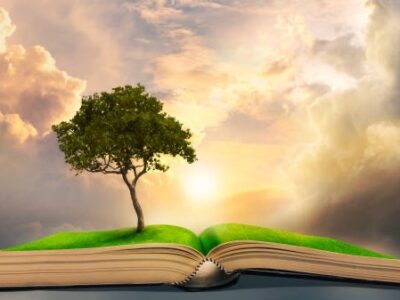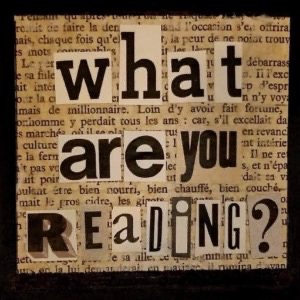
It continues to be a turbulent start to spring. In this moment, the birds are singing and a black cat sits poised on a tin garage roof, shaded by a flowering dogwood tree, but the moment is unlikely to last. With mixed forecasts always on the horizon, unpredictable is the word of the day. The idea of shifting sands, searching for reliable ground only to discover we have no control, the knowledge that we are specks in a vast universe, while the universe exists inside of us, the internal and the existential co-existing… themes at home in a good ghost story, or two. And to that end, I bring two recommendations…
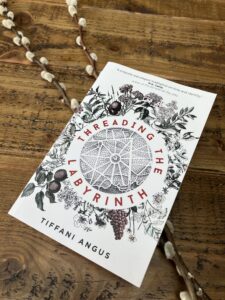
Threading the Labyrinth, by Tiffani Angus
Toni, an American arts dealer and owner of a failing gallery, is unexpectedly called to Hertfordshire after inheriting a Manor House. Leaving the New Mexico desert behind, she discovers her inheritance is a crumbling building and overgrown garden, and aptly names it the remains. The gardens change in twilight, revealing ghosts of the past. Toni soon becomes immersed in the history of the place, drawn in by an unexpected hand and her own curiosity. And so begins Threading the Labyrinth, which really is the perfect title.
The writing offers an immersive experience, as the richness of the gardens are vividly described from the perspectives of past and present. At times, reading the story felt akin to walking through an actual garden, where your thoughts drift and your eye wanders, drawn into the depth and detail of mature foliage, and the feeling that work is never done in a living space. For a while I felt I was losing the thread of the story, since more time is given to the voice of the past than to the present, and struggled with my expectations of Toni being the main character. Until I realised that, for me at least, the main character was in fact the garden itself, brought to life by everyone who has been a part of it. I suspect my experience as a reader was not dissimilar to that of Toni’s experience:
‘It’s in the shadows that you find the shape of things.’
Once I let go of my expectations and accepted the coexistence of past and present, I greatly enjoyed this atmospheric, haunting and layered read.
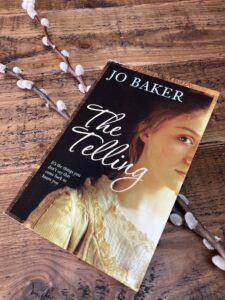
The Telling, by Jo Baker
Rachel arrives at Storrs Hall, her late mother’s isolated country cottage. While packing up the house, painful memories of loss and grief are exposed, as well as the unsettling feeling of a presence in the house. Generations earlier, a young housemaid, Lizzy, called the same dwelling home. So begins the intertwining tale of two women, both struggling against conforming to duty.
Written with a thin veil between life and death, the past and the present, the narrative is subtle, and begins with Rachel’s haunting experiences that are all too relatable. Those moments that are hard to define, that make us wonder whether they did in fact happen at all: a blur in the corner of your eye, strange humming that could surely just be faulty wiring; unease that has Rachel questioning her lucidity as it draws on her own complex emotions about grief, partnership and motherhood. But with the help of a neighbour, a previous owner and a local historian, Rachel pieces together the house that was a labourer’s cottage, part of the Storrs estate.
Lizzy’s story opens up as a parallel narrative, that reads like historical fiction, delving deep into the experiences of a young working-class woman growing up in the mid-1800s. She works in the house of Reverend and Mrs Wolfenden, who ask about Lizzy’s family lodger, Mr Moore. They request Lizzy spy on her lodger and report back to them. Mr Moore is an intriguing character, with an identity as an agitator and a democrat, against a backdrop of a roomful of books from Shakespeare to Robinson Crusoe. The relationship that forms between Lizzy and Mr Moore is complex, highlighting the vulnerability of Lizzy’s adolescence in relation to an older man, and depicting the intersectionality of gender and class oppression. She is a woman with few choices, torn between a relationship of clumsy beginnings with an older man, versus the man she is supposed to marry. The story also highlights the impacts of the Chartist Movement of the time, which added interest to the narrative.
With well-drawn characterisation, centred around an intriguing property, this made for an interesting blend of history amidst an unsettling haunting.
What are you reading?



